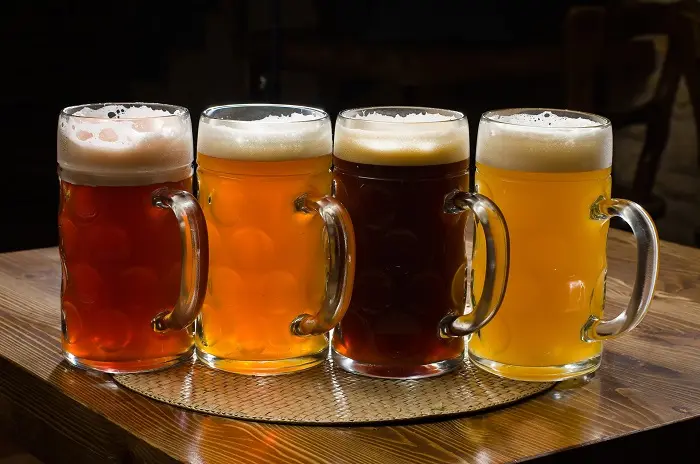The 2014 vintage at Château Palmer marks a significant milestone, representing the first wine produced entirely under biodynamic farming practices following a trial phase in certain vineyard sections. Notably, 55% of the total production was selected for the grand vin, the highest proportion since 2010. This vintage also coincides with the 200th anniversary of the property’s acquisition by General Charles Palmer.
Despite a promising start to the growing season, which began with a damp winter that replenished water reserves and successful spring flowering, challenges arose during the summer months. An overcast early summer transitioned into an “Indian summer” in September and October, with the harvest concluding on October 14. The weather conditions in early July led to instability, causing the vines to prioritize foliage growth at the expense of grape development. August saw minimal improvement, with the grapes ripening slowly. Fortunately, favorable weather conditions returned at the end of August, significantly altering the vintage’s trajectory. As the grapes began to concentrate, levels of sugars, anthocyanins, and tannins increased. Harvesting commenced on September 22 with the first Merlot plots, yielding “perfectly ripe” grapes due to the continued favorable conditions. For the first time, no sulphur was added to the grapes during the winemaking process.
The final blend of Château Palmer 2014 consists of 45% Merlot, 49% Cabernet Sauvignon, and 6% Petit Verdot. Thomas Duroux, the estate’s director, describes the wine as “the very definition of a vin de garde,” highlighting its evolving aromatic profile over time. He notes that it has matured beautifully, exuding fruit and minerality while consistently showcasing its exceptional character.
Château Palmer 2014 is available in original wooden cases of one, three, or six bottles, as well as in one or three magnums, priced at €250 per bottle. Liv-ex data indicates that this represents a 56% increase over the original release price of €160 per bottle, set during the en primeur offering in 2015. The current market price has risen to £1,940, with today’s release to the international trade priced at £2,580 per case of 12, reflecting a 33% premium over market value. Since its initial release, prices for this vintage have generally trended upwards, peaking at £2,254 in 2022.
According to Berry Bros. & Rudd, the Palmer 2014 is regarded as “one of the contestants for wine of the vintage,” highlighting its remarkable complexity compared to other châteaux in 2014, describing it as a “tour de force in this vintage.”
Wine Profile: Château Palmer 2014
Region: Margaux
Composition: 49% Cabernet Sauvignon, 45% Merlot, 6% Petit Verdot
Yield: 33 hl/ha
Aging: 22 months in French oak barrels (over 60% new)
pH: 3.6
Alcohol: 13.5%
This vintage is characterized by its aromatic complexity and typical redolence of the Margaux appellation, featuring delicate floral notes. In contrast to the overall vintage, it presents a rich and ample profile, boasting impressive depth, density, and concentration. At this stage in its evolution, subtle undertones of sous bois, leather, tobacco leaf, and walnut complement the prominent cedar and fresh dark berry fruits. A hint of crushed black pepper and pleasing salinity enrich the finish, supported by fine-grained, slightly crumbly tannins. Overall, it is a plump and opulent wine with significant aging potential, earning a rating of 95.
You Might Be Interested In:


